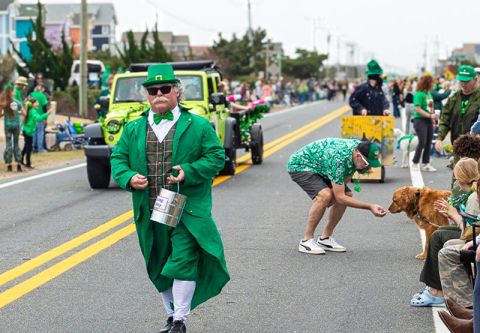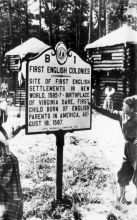
It’s America’s most compelling and enduring mystery – what happened to the group of 115 men, women and children left on the shores of Roanoke Island in 1587 to form the first permanent English colony in the New World? Say the names of the Lost Colony’s key players and places and a shiver of intrigue runs down your spine: Roanoke, Croatoan, John White, Virginia Dare, Manteo.
Left to fend for themselves in a strange, new land while Governor White returned to England for supplies and reinforcements, the colonists left only two clues to their whereabouts when White returned three years later: the letters CRO carved into a tree and the word Croatoan (now Hatteras Island) on a post where their settlement had been. But the settlers, including the first English child born on America’s shores (Virginia Dare), were never found. The story possesses endless intrigue, and recent developments are no less enthralling. From hidden symbols on long-forgotten maps to archeological digs where X marks the spot, the Lost Colony’s story continues to capture America’s imagination. For more than 400 years, archeologists, scholars and historians have tried to decipher the whereabouts of America’s Lost Colony. But, as it turns out, they may have been missing one key element: you.
Founded in 2004, the First Colony Foundation is dedicated to research, both archeological and historical, and public education pertaining to Elizabethan America. Founder Phillip Evans worked as a park ranger and historian at Fort Raleigh, gathering untold amounts of information about the Lost Colony during his career. The foundation’s goal is to unearth more information about Elizabethan America, including Ralph Lane’s first colony of explorers sent to America in 1585, and to determine how the successes and failures of the first colony led to decisions made for and by the Lost Colony in 1587. One of the most exciting developments spearheaded by the foundation is the discovery of patched sections on the Virginia Pars map, drawn by John White and now kept in the British Museum. Analysis revealed symbols hidden for centuries including one that indicated a fort 50 miles inland from Roanoke Island, a potential site toward which the Lost Colonists may have aimed. Archeological digs at the location, dubbed Site X, revealed shards of Elizabethan pottery. This exploration is just one of the topics covered in an upcoming symposium, free to the public, given by the First Colony Foundation and its partners. “The entire symposium is deliberately designed to be interesting to the general public,” says lebame houston, member of First Colony Foundation’s board of directors. “The point of having the symposium is fresh eyes looking at the same evidence that scholars have been looking at for 400 years,” houston says. “They might see something the scholars have skipped over.”
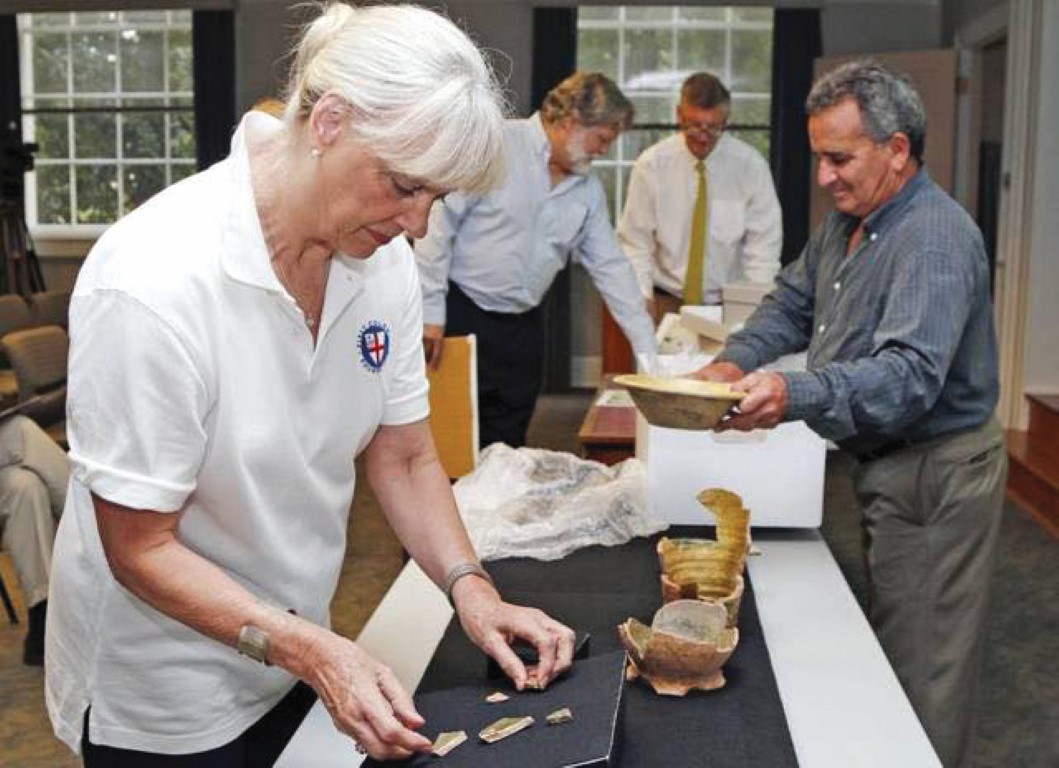
Held the weekend of October 27 and dubbed OBX History Weekend, the First Colony Foundation’s symposium is comprised of 13 different experts in history, archeology, economics and more, each giving a 30-minute presentation followed by a short question-and-answer session. Multiple off-site exhibitions and tours will take place concurrently, including walking, boat and air tours as well as exhibits of Elizabethan artifacts and reproductions. At the end of the day there will be a panel discussion covering the day’s events. “This is how the public can have their questions answered and become a part of the solution,” says houston.
Day one of the symposium will cover discoveries made pertaining to the 1585 First Colony, including the Virginia Pars map. The expected highlight of this day is a presentation by Dr. Kim Sloan of the British Museum. Dr. Sloan is the expert who participated in uncovering the hidden fort symbol on the Virginia Pars map; her presentation is expected to fill up quickly. Other offerings of the day include a professor from Drexel University presenting on John White’s nemesis, Simon Fernandez, who dropped the Lost Colonists on Roanoke Island instead of taking them to their planned destination on the Chesapeake, and presentations covering topics from packing for the New World to financing the Roanoke colony and more.
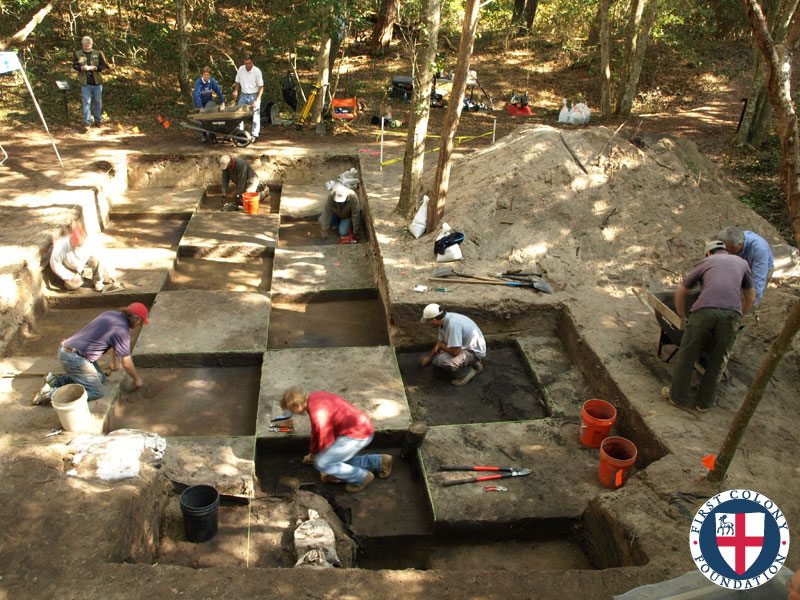
Day two of the symposium focuses on the Lost Colony, including the search for them and potential places the colonists may have gone inland. Presentations on this day cover topics such as evidence from the Native American point of view, a session from Phillip Evans about Lost Colony fables and fakes, a presentation of evidence from Site X and more. Each presentation takes a different approach to the information, and exciting announcements are anticipated in the information that will be covered. The symposium is free to the public, but registration on the First Colony Foundation’s website is required. Sessions are expected to reach capacity, so don’t delay in securing your place.
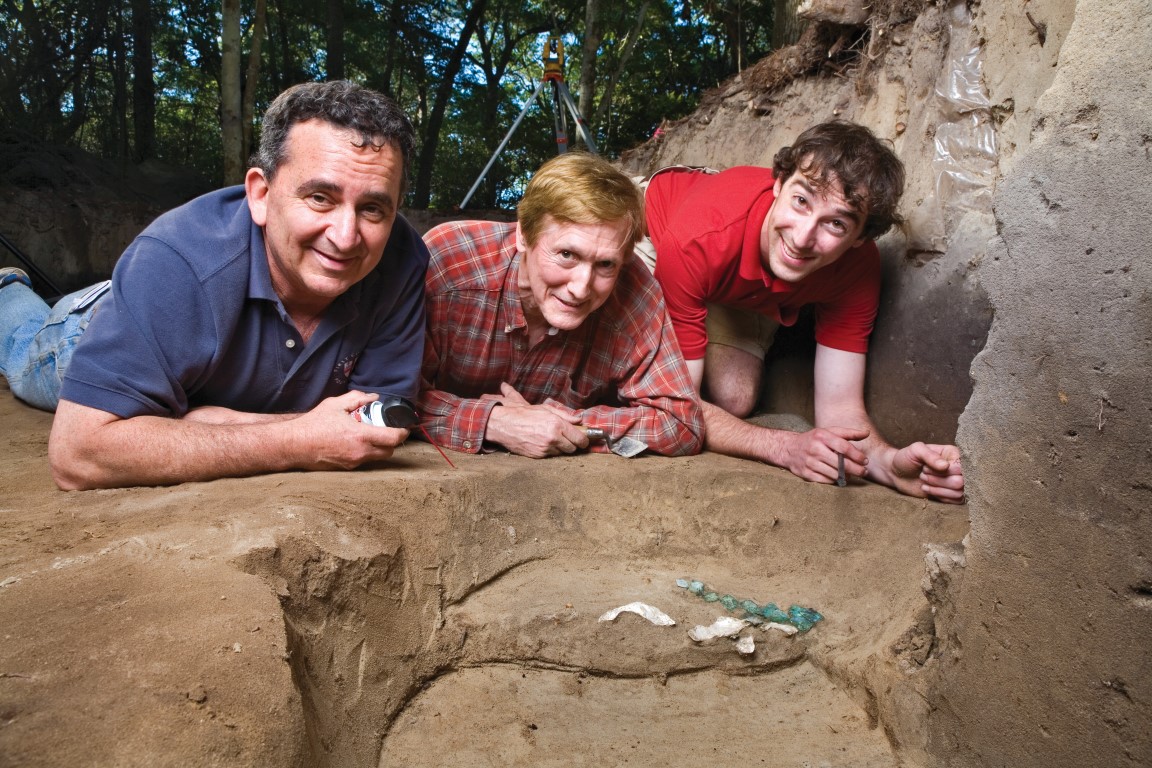
In addition to the expert panels, OBX History Weekend will offer a host of fun adjacent activities. They’ll have free tours during lunch breaks from the symposium including the ongoing archeological dig at Fort Raleigh where you’ll be able to see what they’re unearthing. The courthouse in downtown Manteo will offer an enormous exhibit, half of it featuring actual artifacts from the 16th century and the other half comprised of artisan reproductions of items the colonists would have brought or made including corn-based ale made from a recipe used by Thomas Harriet on Roanoke Island – everybody gets a sip for free. Historical costumes used in Elizabeth R and Company stage productions will also be featured for a stunning visual on Elizabethan clothing, from soldier to courtier to royalty. For $20 per person, a sunset boat ride leaving Pirate’s Cove and traveling to Fort Raleigh and back (a portion of the same route John White followed when he arrived on Roanoke Island) will be available. And if you’re curious about Site X, there’s an air tour leaving the north end of Roanoke Island that will fly over the archeological dig for around $100 per person.
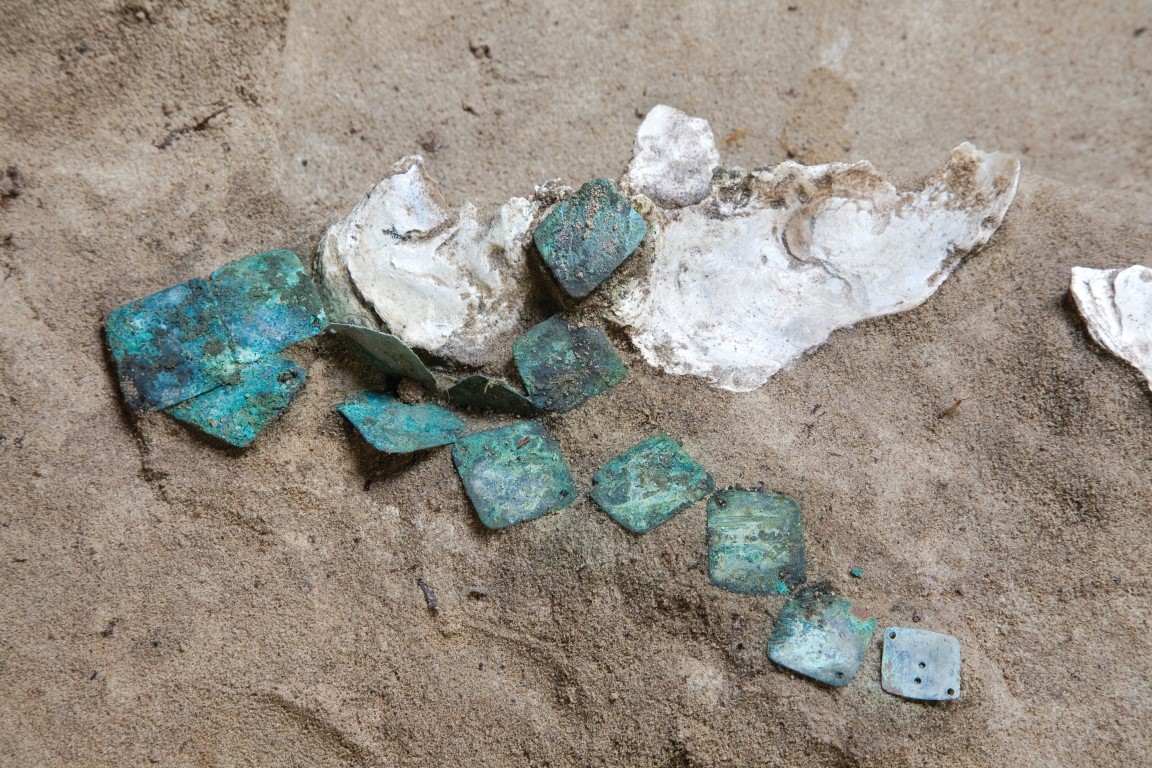
The fate of the Lost Colony has enthralled the imaginations of researchers, historians and archeologists for years, but the key to revealing the mystery may pivot on the participation of us, the public, the nurses and chefs and computer technicians and stay-at-home parents. The First Colony Foundation’s symposium is a rare opportunity to be on the front lines of exciting research and announcements pertaining to America’s oldest mystery, and they truly want the public to join the effort, listening to the facts as they’re presented and offering their insight and fresh point of view. The individual voices of the Lost Colony may indeed be lost to history, those men, women and children who arrived on Roanoke Island and the Native Americans who likely took them in, but each new piece of information reveals part of their story like a fragment in a stained glass window. With your help piecing together enough bits of the picture, eventually the light will shine through.

The First Colony Foundation
firstcolonyfoundation.org
info@firstcolonyfoundation.org


 Heather Frese fell in love with the Outer Banks when she was three years old. She grew up camping every summer on Hatteras Island, and her writing is deeply influenced by the history and wild beauty of the area. Her debut novel, The Baddest Girl on the Planet, won the Lee Smith Novel Prize and is set on Hatteras Island.
Heather Frese fell in love with the Outer Banks when she was three years old. She grew up camping every summer on Hatteras Island, and her writing is deeply influenced by the history and wild beauty of the area. Her debut novel, The Baddest Girl on the Planet, won the Lee Smith Novel Prize and is set on Hatteras Island. 


